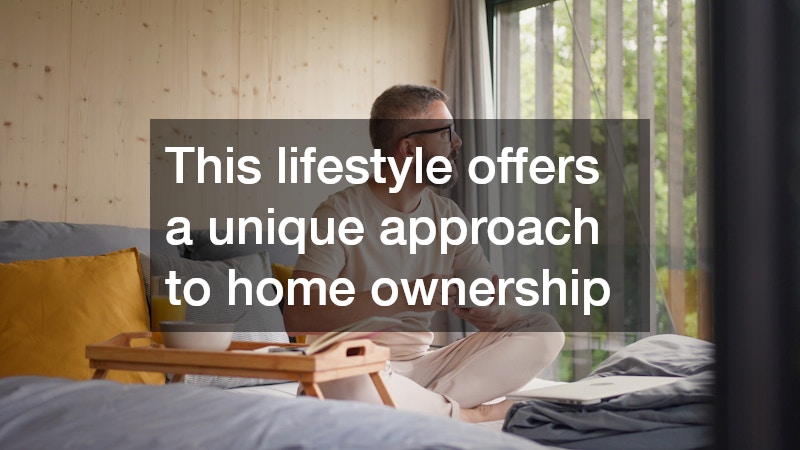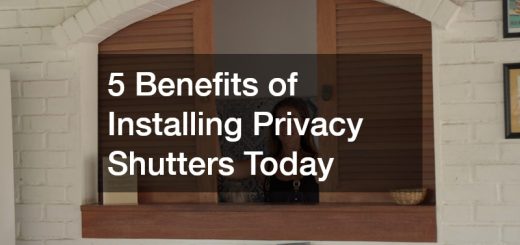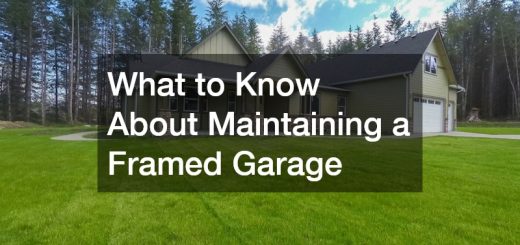Important Facts to Know Before Investing in a Tiny House
The modern shift towards minimalism and sustainability has sparked a keen interest in tiny homes. These small, efficient living spaces have gained immense popularity for their innovative approach to living. These houses offer a plethora of benefits, including cost savings, reduced environmental impact, and the chance to cultivate a simpler lifestyle. As people seek to downsize and declutter, these houses present a feasible solution.
Over the following sections, we will delve into the financial aspects, benefits, and potential challenges of tiny house living, providing a comprehensive look at why this trend is more than just a fad. Whether you’re curious about the financial benefits, or how tiny homes reduce carbon footprints, this article will equip you with information to consider if this type of living may be right for you.
Compact Living on a Budget
The financial aspects of owning a small home are compelling for many prospective homeowners. On average, these houses costs significantly less than a traditional home. Prices can range from $20,000 for a DIY model to upwards of $100,000 for a custom-built tiny home with all modern amenities. This considerable difference in initial costs allows homeowners to spend less on loans and more on experiences.
With lower living expenses, tiny home owners often report increased savings and financial freedom. Monthly bills, including utilities and maintenance, are considerably lower due to the reduced space. Consequently, individuals can allocate more of their budget to savings, travel, or other investments. Furthermore, the minimal space encourages the purchase of only essential items, contributing to long-term financial stability.
The Upside of Small Space Living
The benefits of tiny house living extend beyond financial savings and tap into the core of sustainable and minimalistic living. Environmentally, these houses have a reduced carbon footprint compared to traditional homes. Using fewer materials for construction and less energy for heating and cooling significantly lowers their environmental impact. These eco-friendly houses are often solar-powered or built with recycled materials, further reducing their ecological footprint.
From a lifestyle perspective, tiny homes offer unmatched flexibility. Their portable nature allows homeowners to relocate easily, whether it’s to follow job opportunities or to seek out new experiences. This mobility is perfect for those who crave adventure or change without the commitment to a fixed location.
Tiny houses also champion the movement of minimalist living. By necessity, living in a reduced space requires a decluttering of visible and emotional baggage. This lifestyle promotes mindful consumption, where individuals focus more on experiences rather than material possessions. It fosters a life centered on what truly matters to the homeowner, leading to greater personal satisfaction and happiness.
Finding Land for Your Home
Finding the perfect plot of land to place your home can be one of the more challenging aspects of this lifestyle. Start by understanding local zoning regulations, as they can vary significantly from one location to another. Some areas have embraced tiny homes and have created communities specifically for them, while others remain restrictive.
Another option is to explore RV parks or campgrounds, which often welcome tiny homes due to their mobility and size. Leasing land from family or friends can also be a viable solution, enabling you to place your tiny home on their property legally. Some home owners opt for creating a communal living arrangement, sharing land resources with other residents.
Creative land solutions also abound, from purchasing rural or undeveloped plots to negotiating land use on existing properties. The trend of tiny houses continues to grow, and with it, more creative solutions and communities are emerging to cater to this lifestyle. It’s essential to conduct thorough research and potentially consult with a real estate or zoning expert to understand your options fully.
Common Living Challenges
While there are many benefits to living in a tiny house, it’s important to consider the potential challenges. Space constraints are one of the most notable. With limited square footage, organizing and maximizing space efficiency becomes crucial. This requires a mindset shift, focusing on multifunctional furniture and creative storage solutions.
Storage issues can also be a concern, especially for individuals who have accumulated belongings over the years. The transition to a tiny home often necessitates a significant downsizing of possessions, which can be emotionally challenging for some. Learning to live with less and letting go of non-essential items becomes an integral part of the lifestyle.
Adjusting to a smaller living environment can present lifestyle challenges, especially for those accustomed to larger spaces. Privacy can sometimes be limited, and living in tight quarters may require compromises and adaptations for shared spaces. However, many enthusiasts find that these challenges are outweighed by the benefits of financial freedom, mobility, and a simpler way of life.
This lifestyle offers a unique approach to home ownership that aligns with modern values of sustainability, freedom, and simplicity. While owning a tiny house comes with its set of challenges, the benefits, including reduced costs, environmental impact, and increased lifestyle flexibility, make it a compelling choice for many.



